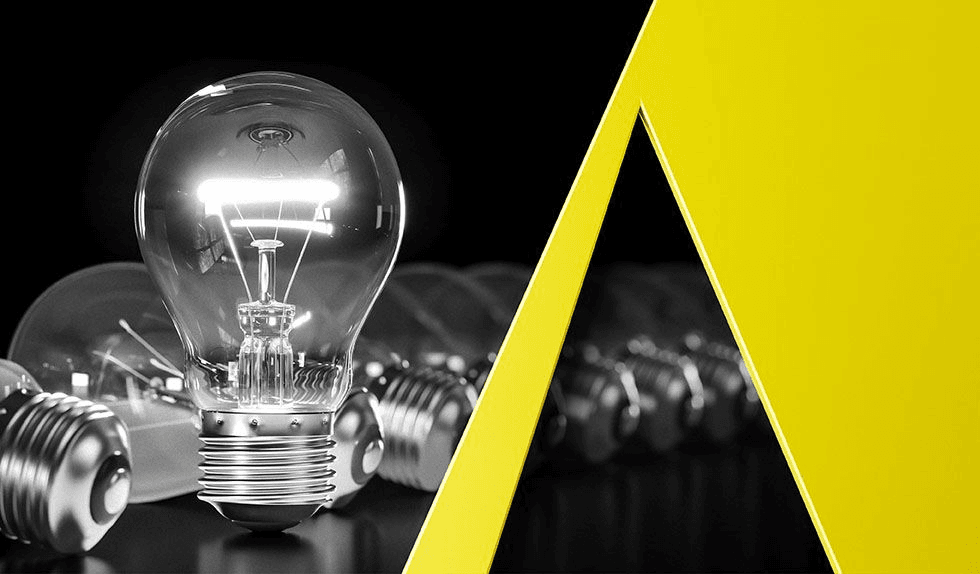In a patent infringement case, the district court granted plaintiff’s motion to strike portions of defendant’s technical expert’s rebuttal report on the basis that defendant failed to timely disclose non-infringing alternatives earlier in the case. In reaching this decision, the court found that a theory of non-infringing alternatives is akin to an affirmative defense, and therefore a defendant cannot wait until rebuttal to disclose that theory.
In his rebuttal report, defendant’s technical expert opined that there were non-infringing alternatives to the accused invention. The availability of non-infringing alternatives may reduce the amount of damages available under a reasonable royalty. Plaintiff moved to strike defendant’s non-infringing alternatives opinion, arguing that the opinion was untimely because it was included in the expert’s rebuttal but not his opening report, prejudicing plaintiff in its ability to have its expert address the allegations of non-infringing alternatives in a rebuttal report without leave of the court.
The court agreed with plaintiff that defendant’s arguments about non-infringing alternatives in the rebuttal report were untimely. The court found that it is defendant’s burden to show that an alternative is non-infringing, and therefore the defendant’s expert should have offered the opinion in his opening report and not waited until his rebuttal to first present the theory. The court rejected defendant’s argument that it was proper to wait to raise non-infringing alternatives because it is plaintiff’s burden to prove damages and defendant needed to have plaintiff’s opening infringement expert report before it could respond with its position on non-infringing alternatives. Non-infringing alternatives, the court reasoned, are not required to prove a reasonable royalty and, therefore, not a “negative defense” that can be raised in rebuttal. Further, non-infringing alternatives serve to limit reasonable royalty damages to the advantage of defendants and therefore, similar to an affirmative defense, should be a defendant’s burden to raise. The court also found defendant’s late disclosure of non-infringing alternatives in a rebuttal report to be prejudicial because plaintiff would not have had an opportunity to respond to those arguments without leave of court.
Separately, the court also found that defendant’s technical expert’s opinion on non-infringing alternatives should be stricken as irrelevant because none of defendant’s experts provided a financial analysis of the impact of non-infringing alternatives on reasonable royalty damages.
Practice Tip: Defendants who wait to disclose arguments surrounding non-infringing alternatives until a rebuttal expert report risk having that theory stricken as untimely. Accordingly, defendants should raise non-infringing alternative theories early in the case, akin to an affirmative defense for which they bear the burden of proof.
Correct Transmission, LLC v. Nokia of America Corp., No. 2:22-cv-00343-JRG-RSP, D.I. 244 (E.D. Tex. Mar. 26, 2024) (Payne, Mag.).


